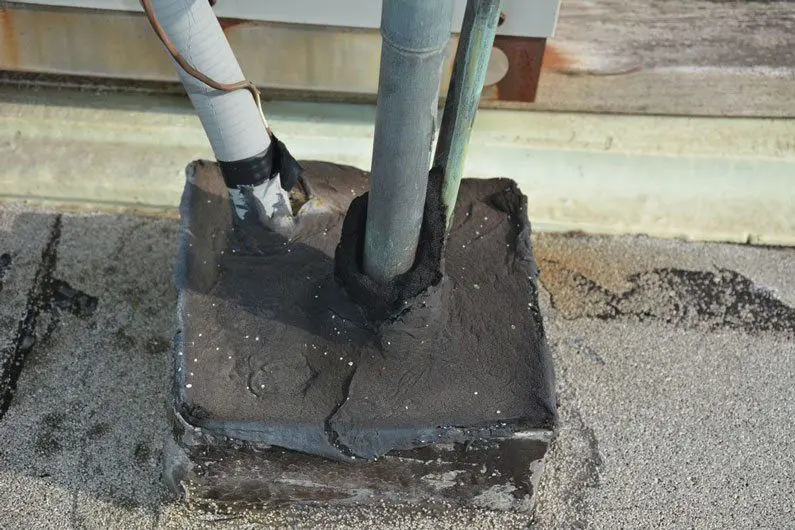Vermont treasure hunter
Hero Member
- Jul 7, 2020
- 504
- 774
- Detector(s) used
- An old radio shack, simplex
- Primary Interest:
- All Treasure Hunting
Found this in a dump a little while ago. Originally thought it was a piece of coal. Could tell it was shaped and so I brought it home and after getting the dirt off I saw that (I think) it is obsidia. It is quite brittle
(a piece came off after I got it home) and is defiantly shaped. Tell me what you think it was.
(a piece came off after I got it home) and is defiantly shaped. Tell me what you think it was.













